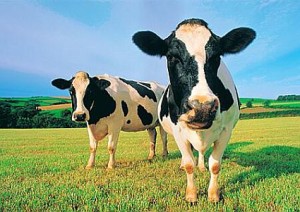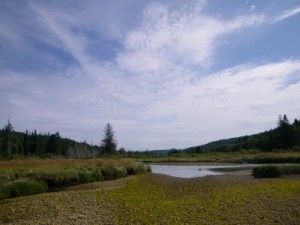I was recently on one of my favorite fly fishing forums, and someone was mentioning how much trouble they were having with winter fly fishing.
Not only did they have a great deal of personal discomfort, but they were also dealing with things like line freeze, and ice on their guides.
Here are three super basic tips that will help you avoid some, if not most of that, while you hit the river in these super cold temperatures. [Read more…]

